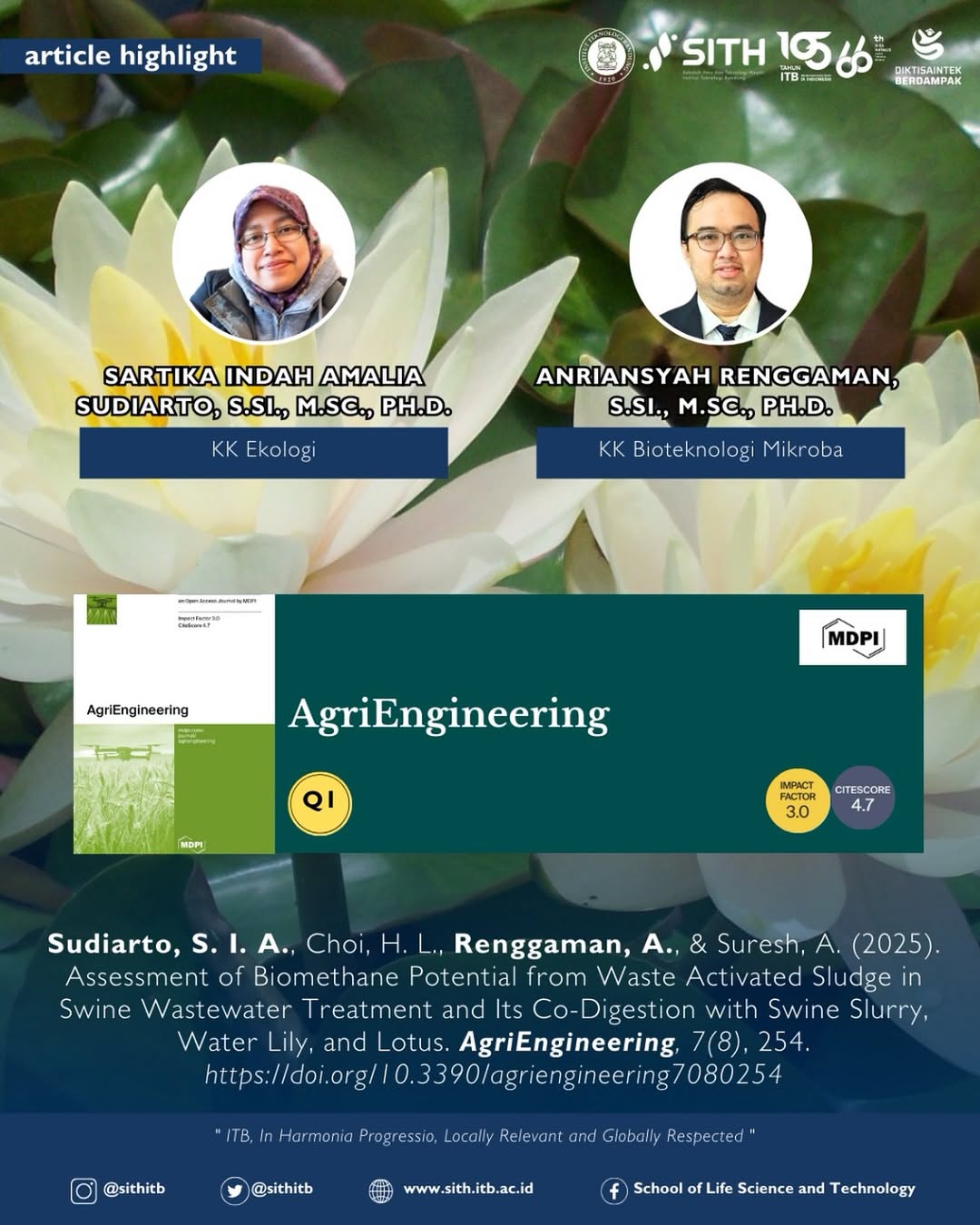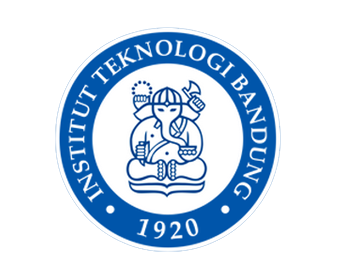AgriEngineering

Sudiarto and Renggaman, in collaboration with colleagues, evaluated the biomethane potential (BMP) of waste activated sludge (WAS)—a challenging byproduct of livestock wastewater treatment—and its co-digestion with swine slurry, water lily, and lotus shoot biomass. Using batch assays and the modified Gompertz model, they found that co-digestion significantly enhanced methane yields, surpassing 500 NmL CH₄/g VSadded and improving biodegradability. Notably, all co-digestion treatments showed synergistic effects, reduced lag phases, and increased process efficiency. These findings highlight co-digestion as a promising strategy to transform livestock wastewater byproducts into renewable energy, supporting both sustainable sludge management and circular bioeconomy practices.
Article Citation:
Sudiarto, S. I. A., Choi, H. L., Renggaman, A., & Suresh, A. (2025). Assessment of Biomethane Potential from Waste Activated Sludge in Swine Wastewater Treatment and Its Co-Digestion with Swine Slurry, Water Lily, and Lotus. AgriEngineering, 7(8), 254. https://doi.org/10.3390/agriengineering7080254


